Hyacinth beans
Eleanorm
21 years ago
Related Stories

LANDSCAPE DESIGNSee 5 Unexpected Ways to Use Vines
Vines can grow over slopes, trail off pergolas and add seasonal color to the garden
Full Story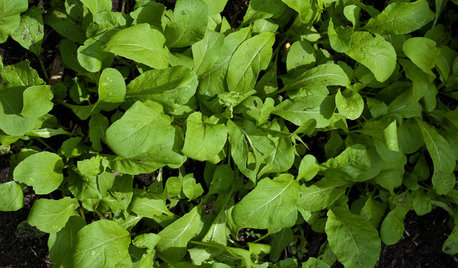
COOL-SEASON CROPSCool-Season Vegetables: How to Grow Salad Greens
From arugula to radicchio, greens have taken a top spot on the table and in fall and winter gardens. See how to start growing them now
Full Story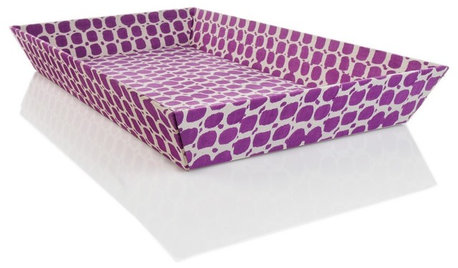
DECORATING GUIDES41 Great Gifts for Home Decor
Houzz Gift Guide 2010: Color, Fun and Style for the Rooms We Use Most
Full Story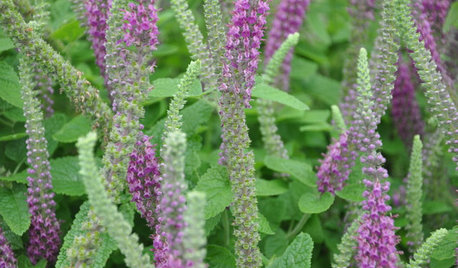
FEEL-GOOD HOME9 Smells You Actually Want in Your Home
Boost memory, enhance sleep, lower anxiety ... these scents do way more than just smell good
Full Story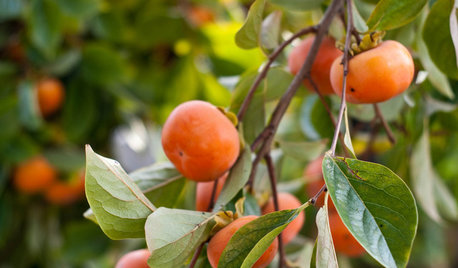
CALIFORNIA GARDENINGCalifornia Gardener's November Checklist
In a season of traditions, let's take advantage of California's familiar — as well as quirky — planting opportunities
Full Story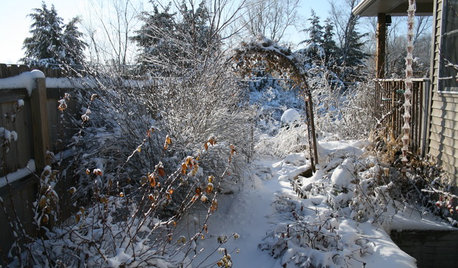
LIFE6 Ways to Beat the Winter Blahs
Snow and dark days dampening your spirits? These ideas will have you looking on the bright side
Full Story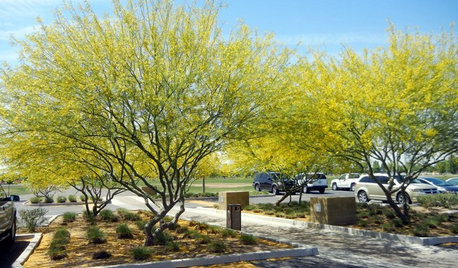
SOUTHWEST GARDENINGSouthwest Gardener's May Checklist
Let May's warm temperatures guide your edible and flowering garden plantings, and don't forget to protect and prune your picks
Full Story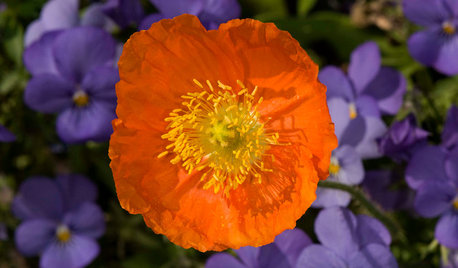
FALL GARDENINGCalifornia Gardener's September Checklist
Planting opportunities abound this month: perennials, lawns, wildflowers and more. Our primer covers 'em all
Full Story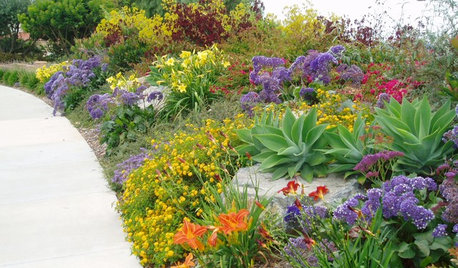
GARDENING GUIDESTexas Gardener's June Checklist
Win the battle against heat and drought with these plant picks and extra effort, for a garden that reigns supreme in summer
Full Story





weebus
weebus
EleanormOriginal Author
blackeyed_pea
tropiclady
caitzs
Victoria
caitzs
EleanormOriginal Author
lisaslists2000
EleanormOriginal Author
bambuAL
PatienceDonkey
newyorkrita
jeanne51
kathcart
sowngrow (8a)
june02bug
june02bug
the_alpha_wolf_rules
Beez5
EleanormOriginal Author
newyorkrita
Linda_8B
Chattanooga_gardener
stefoodie
wildscaper
pitangadiego
corapegia
zorba_the_greek
mangdabat_gmail_com
mariannette